Kanakambaram
₹99
Kanakambaram, scientifically known as Caesalpinia pulcherrima, is a stunning flowering shrub renowned for its vibrant, golden-yellow blooms. This tropical beauty adds a touch of elegance and warmth to any garden, making it a popular choice among plant enthusiasts.
49 people are viewing this product right now
🔥 4 items sold in last 3 hours
Kanakambaram, scientifically known as Caesalpinia pulcherrima, is a stunning flowering shrub renowned for its vibrant, golden-yellow blooms. This tropical beauty adds a touch of elegance and warmth to any garden, making it a popular choice among plant enthusiasts.
Key Features & Benefits
- Vivid Blooms: The plant’s striking golden flowers are a feast for the eyes.
- Long Blooming Period: Enjoy continuous blooms throughout the year, especially during spring and summer.
- Easy Care: Kanakambaram is relatively low-maintenance, making it suitable for both novice and experienced gardeners.
- Attracts Pollinators: Its vibrant flowers attract butterflies and bees, promoting biodiversity in your garden.
- Versatile Use: Can be grown as a standalone shrub or used in hedges and borders.
Plant Care Guide
Ideal Plantation Locations
Kanakambaram thrives in warm, tropical climates with plenty of sunlight. It prefers well-drained, fertile soil.
Planting & Gardening Instructions
- Location: Choose a sunny spot in your garden.
- Soil Preparation: Prepare the soil by adding well-rotted compost or manure to improve drainage and fertility.
- Planting: Dig a hole slightly larger than the root ball and plant the Kanakambaram seedling.
- Spacing: Plant the shrubs at a distance of 3-4 feet apart.
Watering
Water the plant regularly, especially during dry periods. However, avoid overwatering, as it can lead to root rot.
Fertilizers
Apply a balanced liquid fertilizer once a month during the growing season to promote healthy growth and flowering.
Repotting Instructions
Re-pot your Kanakambaram every 2-3 years in a slightly larger pot with fresh, well-draining potting mix.
Fruiting Season
Kanakambaram primarily produces showy flowers rather than fruits.
Usage Ideas
- Ornamental Plant: Perfect for enhancing the beauty of your garden or patio.
- Cut Flowers: The vibrant blooms can be used in floral arrangements.
- Hedge Plant: Create stunning, colorful hedges with Kanakambaram.
Care Tips
- Pruning: Prune regularly to maintain the desired shape and encourage new growth.
- Pest and Disease Control: Monitor for pests like aphids and scale insects. Treat promptly with insecticidal soap or neem oil.
- Mulching: Apply a layer of organic mulch around the base of the plant to retain moisture and suppress weeds.
Only logged in customers who have purchased this product may leave a review.
₹139
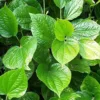
Related products
Designed, Developed & Maintained by Growww.
Copyright © 2024 Ashok Chakra Nursery

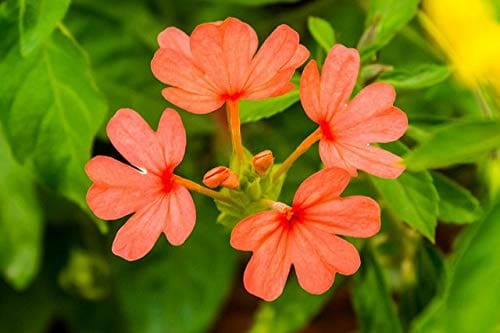
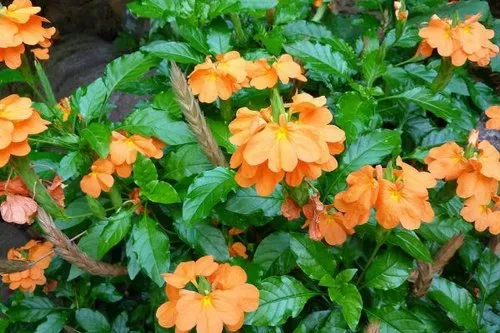
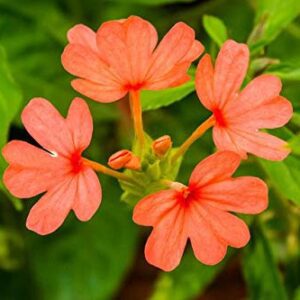
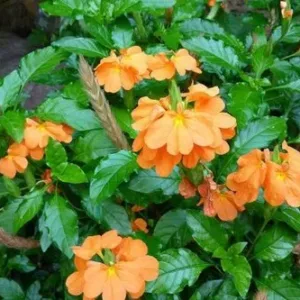

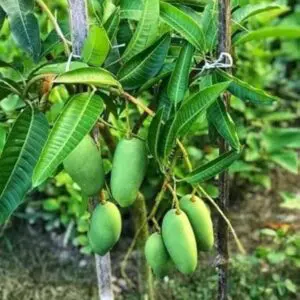
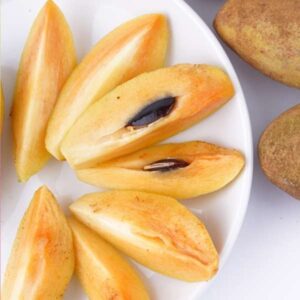

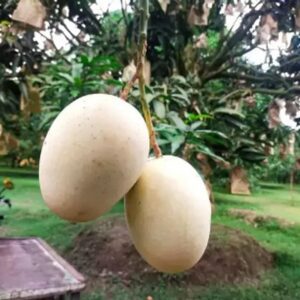
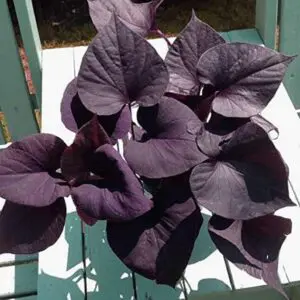
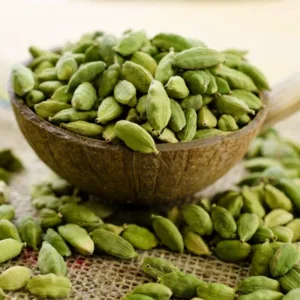
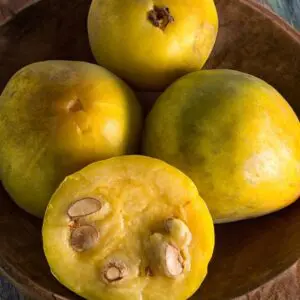
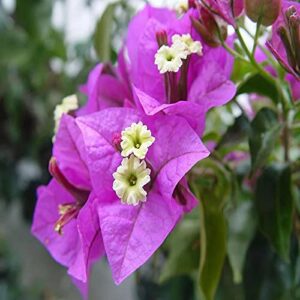

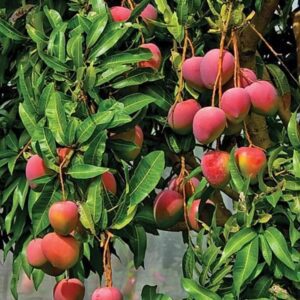
Reviews
There are no reviews yet.